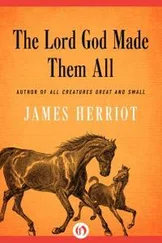He wore skins. “What an infinity of comprehension is required,” Cullinane wrote in his report, “to appreciate this simple sentence in which I have compressed so much.” The first word implied a philosophical system, the second a social order, and the third an attitude toward technology; and he concluded that in each category his reader must grasp three fundamental developments. In philosophy: speech, the idea of self, the idea of god. In the social order: the domestication of grains and animals, group observance of accepted norms, the concept of a community. In technology: fire, flint tools, the principle of the fulcrum. He looked at his four pieces of flint, each a minute work of art, and wondered how a man’s hand, eleven thousand years ago, could have created these simple, lovely tools, and he found himself back where he had started: “How can I convey the thousands of centuries it took to bring man to the place where he could control flint so precisely?” And then the larger question: “How was he able to conceive of a sickle in the first place?”
• • •
When the young hunter retreated from the rock, the enraged girl followed him, still clubbing at him with her fists, and she would have used stones could she have got them, but in time her father and her brother managed to bring her under control. With anguish she broke away from them and ran to the fallen dog and threw herself on his bold, dead form, embracing the head that had sought her friendship. He was dead, this wonderful wild creature, and she sensed that she would never be able to find another like him. In later millennia at Makor other girls with her sensitivity would find other dogs willing to risk the tremendous step from forest to house, but she would not then be living. “Oh! Oh!” she sobbed, beating the rock with her fists, for she knew that something superior had been stolen from her.
The hunter was bewildered by the girl’s behavior. He was from the lands north of the well and loved to roam the deep wadis and the forested hills. As the accuracy of his spear had shown, he was a skilled hunter and at seventeen a rugged young man with visibly powerful legs for the chase. Ur, looking at him, was reminded of his own youth, and as the hunter stood at the edge of the rock, perplexed as to what he had done to arouse this grief, Ur said, “Stay with us for a while,” and the men left the rock where the girl lay burdened with sorrow.
Later the young hunter discovered that in killing the dog he had broken the point of his spear and he asked Ur if there were any sharpened flints that he might tie to the shaft. But Ur merely pointed toward his son, saying with some condescension, “He works the flint.” After the hunter had shown the boy what was required, the latter went to work on a nodule of flint which he had found imbedded in a white stone. There was nothing then in existence hard enough to cut flint, and most of the metals to be discovered later would not suffice; the artisan had to visualize the inner structure of the flint or he could accomplish nothing, so Ur’s son carefully chipped away the whitish outer coating of limestone until he could see the brown hidden core. He worked patiently on the fat end of the core, chipping it down until he had a level platform from which he could inspect the flint and decide how best to attack it. After some moments of study, during which he seemed to penetrate the secrets of the stone, he placed the small end of the core against a piece of wood, holding it with his left fingers so that he could feel the ridges and the lines of strain. He then took a pointed rock and held it exactly so against the platform, and with a smaller stone in his right hand delivered a slight tap, barely strong enough to kill a wasp. A large segment of the flint broke away exactly as he had intended, exposing a clear and shimmering face that narrowed to a point. Deftly he turned the core, tapped lightly again to strike off another face. For some time he continued this process, chipping away one fragment after another until at last he had a long, slender point powerful enough to penetrate any hide. The watching hunter was impressed, but then the boy did something not known in areas where the hunter came from. He laid the finished spearhead flat, and with a saw that he had made of flint he cut two deep notches in the flank, flint etching flint, and these would provide a means for securing the head to the shaft.
“He’s the best flint worker I’ve seen,” the hunter said admiringly.
“He’s not much of a hunter,” Ur replied.
“Could you make two or three more points?”
“In this wadi there isn’t much flint,” the boy explained.
“You need flint?” the hunter cried, and this was the beginning of the deep friendship that developed between Ur and the young stranger, for he told the family of a white cliff rising out of the Roaring Sea two days’ journey to the west where flints were so numerous that in a few hours a man could gather enough for a lifetime.
“Do you know how to get there?” Ur asked.
“Of course! I’m a hunter!” And he led Ur and his son through the dark glades to the west, and on the second day they came to the Roaring Sea, which the boy had not known before, and it glistened in the sun. The hunter took them to the white cliffs of which he had foretold, and there the boy found something he could scarcely believe: towering walls of chalk from which, at intervals laid down millions of years ago, layers of flint nodules protruded. With one hand Ur’s son could reach fifty, a hundred, a thousand perfect flint cores, waiting to be knocked loose from the easily broken chalk. The boy’s eyes gleamed, and he directed his father and the hunter as to what kind of flints he wanted: “The ones that are longer than they are wide through the middle.” And in a few hours the three men had all that they could carry.
They had come upon one of the surprises of nature, a bed of flint, whose nodules if properly worked could provide tools that would not be surpassed until other men along this great sea discovered copper-bronze. Ages upon ages ago, when the shores of this sea were being formed by the deposits of tiny animal skeletons that would later be transmuted into chalk, enormous colonies of alien sea animals congregated in special currents and died. Their bodies contained peculiar chemicals, and when billions of the little creatures deposited their corpses in one spot a kind of pocket was formed in the future chalk, so that later, when great pressures were applied from above, these dead bodies coagulated into knots which formed nodules of flint scattered through the more ordinary substance. Man had discovered the nodules, how long ago?—at least a million years, surely—and from them had fashioned the instruments whereby he lived, for flint could be worked into axes, arrowheads, spears, needles, saws or almost any tool that man could envisage; of equal importance, two pieces of flint when struck together produced fire. And now the son of Ur had unlimited quantities of this vital substance.
He made the hunter his extra spearheads, and for his sister he shaped three needles with which she consoled herself by sewing skins for the family; and one day Ur suggested to her, “You ought to sew a new skin for the hunter,” and somewhat against her will—for her lamentation for the dead dog had not ceased—she did so, and in time the hunter built a round house for her and she was pregnant with her first child; but the wild dog, that trusting beast who had sat with her on the rock, was never forgotten.
Ur’s son worked on his flints and one day asked the hunter, who was now his brother-in-law, to find him a curved bone of a certain dimension; and when this was provided, the boy went into seclusion for some time, after which he handed his mother an implement of new design. It was a sickle, a curved knife whose flints were wedged into the bone and tied with tiny thongs and secured with a substance made of resin from the cypress trees and honey. The beauty of this new device was that its curved tip sought out the stalks of wheat and brought them to the cutting edge, as if a man’s arm had been extended enormously. Entire families from the cave came to stand and watch enviously as the boy’s mother swung her arm in extensive circles, gathering the wheat to her and cutting it with an unbroken motion. It was miraculous.
Читать дальше
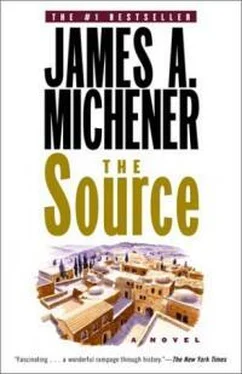
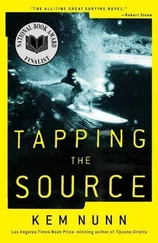


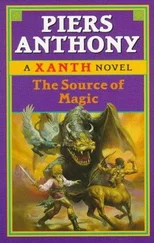
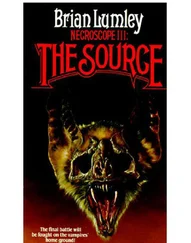
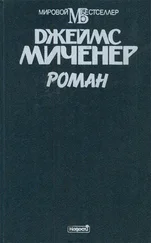
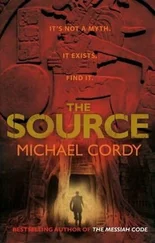
![Джеймс Купер - Пионеры, или У истоков Саскуиханны [The Pioneers, or The sources of the Susquehannah]](/books/395797/dzhejms-kuper-pionery-ili-u-istokov-saskuihanny-t-thumb.webp)
